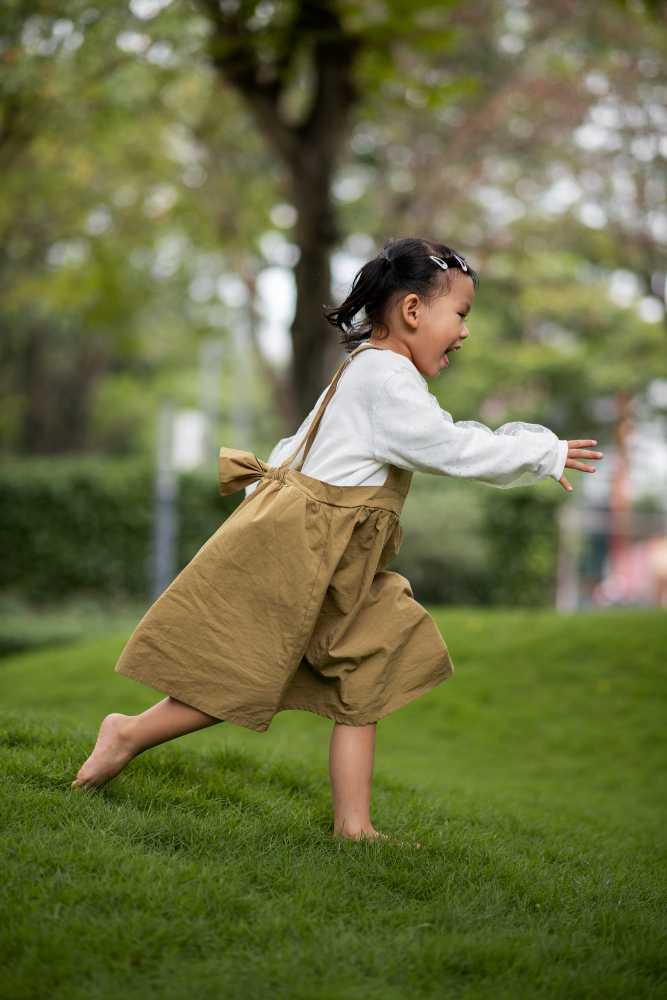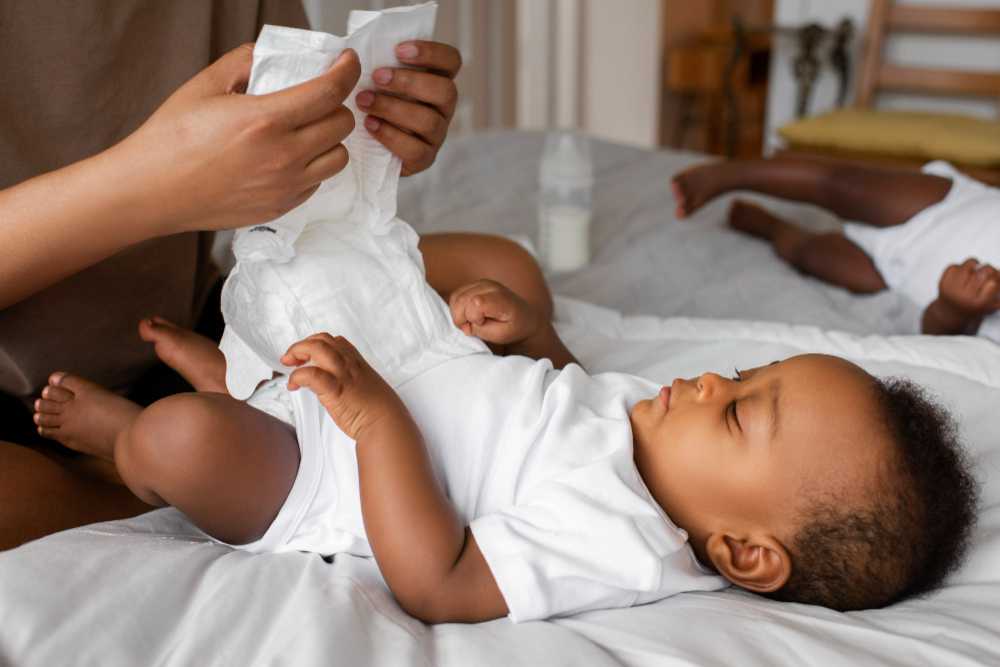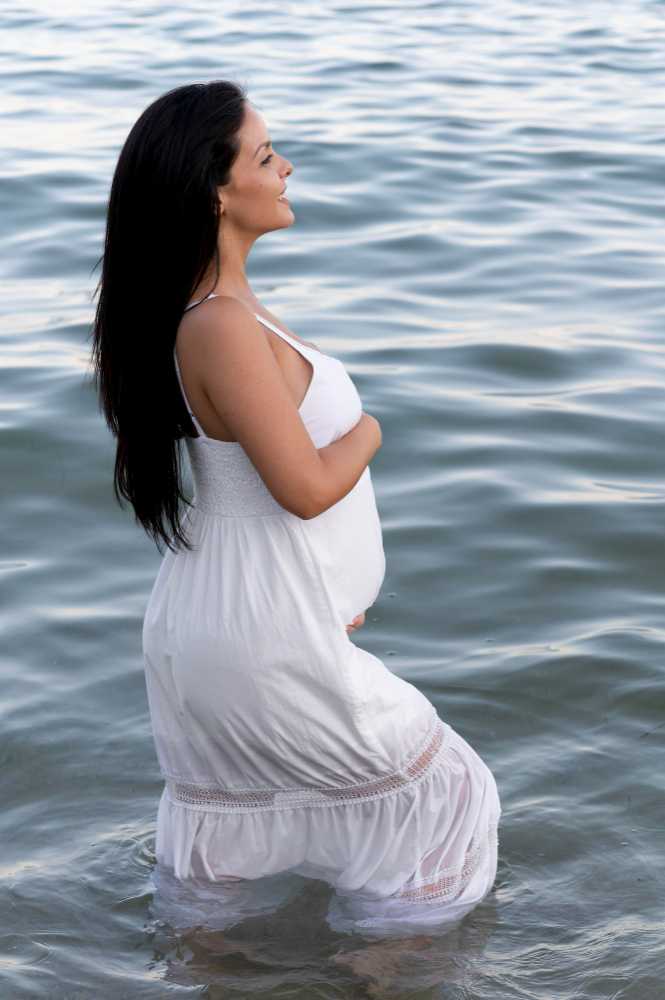Gentle Solutions for Parents: Dealing with Hair in Baby’s Eye and Safe Removal Techniques

The delicate nature of a baby’s eyes makes them susceptible to various irritants. And one common yet concerning problem parents often face is hair getting into their baby’s eyes. This seemingly minor problem can cause discomfort and complications if not promptly addressed.
Witnessing an infant in distress can be distressing for any parent. Therefore, promptly recognizing and addressing this issue is vital to ensuring the baby’s comfort and preventing potential complications. This post will delve into the reasons why hair may end up in a baby’s eye. Furthermore, we will explore the two most reliable and secure methods for removing hair in baby’s eye:
Why is Hair in Baby’s Eye a Concern?
Infants exhibit remarkable sensitivity, with their eyes being particularly susceptible. Hair in baby’s eye can lead to irritation and even the risk of infection. Since they can’t express their discomfort verbally, staying vigilant and promptly addressing any issues related to their eyes is imperative.
The eye’s cornea part is particularly fragile in infants. Hair strands pose a risk of scratching the cornea, resulting in pain and potential damage. Furthermore, the eyes tend to be more susceptible to infections during the initial phases of infancy. Consequently, addressing the presence of hair in a baby’s eye provides immediate relief and prevents potential long-term complications.
How Hair Gets into a Baby’s Eye
Before delving into the solutions, it’s essential to understand why babies might end up with hair in their eyes. Several common scenarios can lead to this predicament:
Shedding
Grown-ups naturally shed strands of hair on a regular basis, and infants follow suit in this shedding phenomenon. Caregivers might not consistently observe the descent of a single hair onto a reachable surface in the baby’s vicinity.
Hair during Bath Time
Bathing an infant demands precision, and it’s not uncommon for a strand of hair to unintentionally make its way into the water. Given that a baby’s face is typically exposed during bath time, there is a possibility that the hair might inadvertently come into contact with the eyes.
Hair from Bedding
Infants devote a considerable portion of their time to sleeping. As such, it’s not uncommon for strands of hair from bedding and clothing to inadvertently find their way into their eyes, often going unnoticed by caregivers.
The lightweight and airborne nature of infant hair and the constant movements of the baby increase the likelihood of hair strands drifting into the eyes. Recognizing these potential sources becomes essential for parents and caregivers to proactively implement preventive measures and promptly attend to the situation when hair inadvertently enters the baby’s eye.
Signs of Hair in Baby’s Eye
Identifying the signals that suggest the presence of hair in a baby’s eye is vital for parents and caregivers to swiftly attend to the matter. Below are several typical signs that may indicate a baby has hair in their eye:
- Shedding: If the baby’s eye is generating excess tears, it might be an indication of irritation resulting from the presence of hair.
- Redness: Redness in and around the eye serves as a visible cue for irritation. This suggests the potential influence of a foreign object causing discomfort.
- Eye Rubbing: Infants may naturally resort to rubbing and scratching their eyes when sensing irritation. Persistent rubbing can worsen the situation, leading to heightened discomfort.
- Notable Squinting: If the baby frequently squints or displays a preference for one eye, it might signify an effort to alleviate discomfort arising from the presence of hair.
- Elevated Blinking: An increased frequency of blinking can be an automatic response to the irritation caused by hair in the baby’s eye.
- Expressing Discomfort: Babies may convey their discomfort through amplified fussiness, heightened irritability, or general signs of unease.
- Light Aversion: Unusual sensitivity to light, referred to as photophobia, may manifest as the baby actively avoiding bright light sources if there is an object causing discomfort in their eye.
- Observable Foreign Object: Occasionally, parents may visually detect hair or foreign objects in the baby’s eye, particularly if it is situated on the surface or in close proximity to the eyelashes.
Parents must maintain keen observation and responsiveness to these signals. It is recommended to thoroughly examine the affected eye and promptly implement suitable measures for hair removal if any of these signs are apparent. This alleviates discomfort and minimizes the likelihood of complications.
Two Proven Techniques for Safely Removing Hair from a Baby’s Eye
When confronted with the task of eliminating hair from a baby’s eye, parents and caregivers can utilize gentle and proven methods to guarantee the infant’s well-being. Here are two recommended approaches:
Method 1: Flushing the Eye
Flushing with lukewarm water is considered a safe and effective approach to removing hair from a baby’s eye. Follow this guide on how to perform this procedure:
Materials Needed:
- Clean water
- Sterile saline solution
- Eyedropper or syringe
Step-by-Step Guide:
- Prepare a Clean environment: Ensure that the surrounding area is devoid of potential hazards prior to initiating the process. Lay the baby down on a changing mat or a comfortable surface.
- Wash Your Hands Thoroughly: Prioritize hand hygiene to minimize the risk of introducing any additional contaminants.
- Gather Necessary Supplies: Have a clean cup filled with lukewarm water ready. Ensure the water temperature is neither too hot nor too cold since extreme temperatures can cause discomfort for the infant.
- Hold the Baby Securely: Gently but securely hold the baby in a manner that provides optimal visibility to the affected eye. You might require assistance from another person to help keep the baby still.
- Use a Clean Cloth to Wipe Away Excess: Employ a clean and damp cloth to gently wipe away any visible hair outside the eye. Exercise caution to avoid applying pressure to the eye itself.
- Flush the Eye: Utilize a clean dropper or cupped hand to pour a small stream of lukewarm water into the inner corner of the affected eye. Allow the water to flow across the eye, carrying the hair out.
Method 2: Using a Clean Cloth or Cotton Swab
Materials Needed:
- Clean, soft cloth
- Cotton swab
Step-by-Step Instructions:
- Ensure Cleanliness and Sanitation: Ensure that the cloth and cotton swab are clean and free from potential contaminants. Wash your hands thoroughly before attempting to remove the hair.
- Gently Wipe the Eye Area: With a clean, soft cloth, gently wipe the eye area to remove any loose particles and clear away tears. This step helps in identifying the location of the hair.
- Carefully Lift the Hair: Dip a cotton swab in clean water or saline solution, then gently lift the hair from the baby’s eye. Exercise caution to avoid causing discomfort.
- Check for Remaining Particles and Reattempt If Necessary: After removing the hair, carefully inspect the eye for any remaining particles. If necessary, repeat the process until the eye is clear and the baby appears comfortable.
How to Keep Your Baby Still While Removing Hair from their Eye
Holding your baby still while attempting to remove hair from their eye requires a delicate and reassuring approach to ensure both the effectiveness of the procedure and the comfort of the infant. Here’s a step-by-step guide:
- Choose a Calm Environment: Select a quiet and well-lit space where you can comfortably attend to your baby. Ensure there are minimal distractions to help keep your baby calm.
- Wash Your Hands Thoroughly: Before touching your baby’s face, wash your hands thoroughly to prevent introducing any additional contaminants.
- Secure a Comfortable Holding Position: Cradle your baby in a secure and comfortable position. You may want to sit down and use a supportive pillow or cushion to ensure both you and the baby are at ease. Have another caregiver or family member available to assist if needed.
- Wrap Your Baby: If your baby tends to be more active, consider wrapping them in a swaddle or a light blanket to restrict their movements slightly. Ensure that the wrapping is not too tight and allows for proper ventilation.
- Engage Your Baby’s Attention: Distract your baby by talking to them in a soothing voice or singing a gentle lullaby. Use a favorite toy or a colorful object to capture their attention. Maintain eye contact and provide reassurance through your facial expressions.
- Use a Pacifier or Comfort Item: Offering a pacifier or a comfort item can help soothe your baby and keep them calm during the procedure. Ensure that the pacifier or item is clean and safe for your baby to use.
- Enlist Another Set of Hands: If possible, have another caregiver or family member assist you by holding the baby’s arms gently or providing additional comfort. Having extra support can make the process smoother and quicker.
- Be Gentle and Patient: Approach your baby’s eye gently, avoiding sudden movements. Use slow and steady motions to prevent startling the baby. If the baby becomes too distressed, take a short break to comfort them before resuming the procedure.
- Work Efficiently: Plan your actions to be quick and efficient. Minimize the time your baby spends in the procedure to reduce any potential distress.
- Monitor Your Baby’s Comfort: Continuously observe your baby for signs of discomfort or distress. If your baby appears too upset, consider taking a break and trying again later.
Remember that each baby is unique, and their comfort levels may vary. It’s crucial to stay attuned to your baby’s cues and adjust your approach accordingly. If you find the process challenging or if your baby continues to be upset, seeking assistance from another caregiver or consulting a healthcare professional may be necessary. Prioritizing your baby’s comfort and well-being is paramount during any attempt to address issues with their eyes.
What to Avoid When Removing Hair from Your Baby’s Eye
When attempting to remove hair in baby’s eye, it’s crucial to avoid certain actions to prevent any harm or further discomfort. Here’s a list of what NOT to do:
- Avoid Using Sharp Objects: Never use sharp objects such as tweezers, needles, or any pointed tools to remove hair from your baby’s eye. These items can cause injury and damage to the delicate eye tissues.
- Do Not Use Excessive Force: Avoid applying excessive force when attempting to remove the hair. Gentle and careful movements are essential to prevent any harm to the baby’s eyes.
- Refrain from Harsh Wiping: Do not use rough or harsh materials for wiping, such as rough cloths or tissues. Abrasive materials can exacerbate irritation and potentially cause scratches to the eye.
- Don’t Rush the Process: Avoid rushing the process. Patience is key, and it’s important to proceed slowly and gently to prevent startling the baby and causing additional distress.
- Do Not Ignore Signs of Discomfort: Pay attention to your baby’s cues, and do not ignore signs of discomfort. If your baby becomes excessively upset or distressed, it may be necessary to take a break and try again later.
- Avoid Overusing Water or Saline Solution: While flushing the eye with water or saline solution is a recommended method, excessive use can lead to discomfort and may not necessarily expedite the removal of the hair. Use these solutions judiciously.
- Refrain from Using Dirty Materials: Ensure that any materials used, such as cloths or cotton swabs, are clean and free from contaminants. Using dirty materials can introduce additional risks of infection.
- Do Not Skip Handwashing: Always wash your hands thoroughly before attempting to remove the hair. Skipping hand washing can introduce bacteria and other contaminants, posing risks to the baby’s eye health.
- Avoid Performing the Procedure in a Stressful Environment: Choose a calm and quiet environment for the procedure. Avoid performing the task in a stressful or distracting setting, as this can make it more challenging to keep the baby still and cooperative.
Avoiding these actions ensures that you prioritize your baby’s safety and minimize the risk of causing harm during the process. If in doubt or if the situation seems challenging, seeking professional medical assistance is always a prudent choice.
When to Seek Professional Medical Help
Knowing when to consult a healthcare professional is crucial in ensuring the best possible care for your baby’s eye health. Here are key indicators that warrant seeking medical attention:
- Persistent Discomfort: If your baby continues to display signs of discomfort, such as excessive tearing, redness, or fussiness, despite your attempts to remove the hair, it’s essential to consult a healthcare professional.
- Visible Injury or Scratching: If you notice any visible injury or scratching on the surface of your baby’s eye, it’s important to seek immediate medical attention to assess and address any potential damage.
- Signs of Infection: If there are signs of infection, such as increased redness, swelling, or discharge from the eye, consulting a healthcare professional is imperative. Infections require prompt medical intervention.
- Difficulty Removing the Hair: If you find it challenging to remove the hair, or if the baby becomes too upset and uncooperative during the process, seeking professional help ensures a more experienced and effective approach.
- Baby Appears Unsettled Despite Removal: If, after successfully removing the hair, your baby continues to appear unsettled or displays signs of ongoing discomfort, it’s advisable to consult a healthcare professional for a thorough eye examination.
If uncertain or uncomfortable about attempting to remove hair from your baby’s eye, it is crucial to promptly seek professional medical assistance. Seeking timely medical attention ensures potential issues are addressed promptly and appropriately.
The Bottom Line
Parents are advised to maintain vigilance and identify signs of discomfort in their baby’s eyes to safeguard their baby’s eye health. Timely and proper removal of hair in baby’s eye is essential for their immediate comfort and eye health. By applying these gentle methods and ongoing vigilance, parents can secure a positive outcome while ensuring the overall well-being of their infant.





